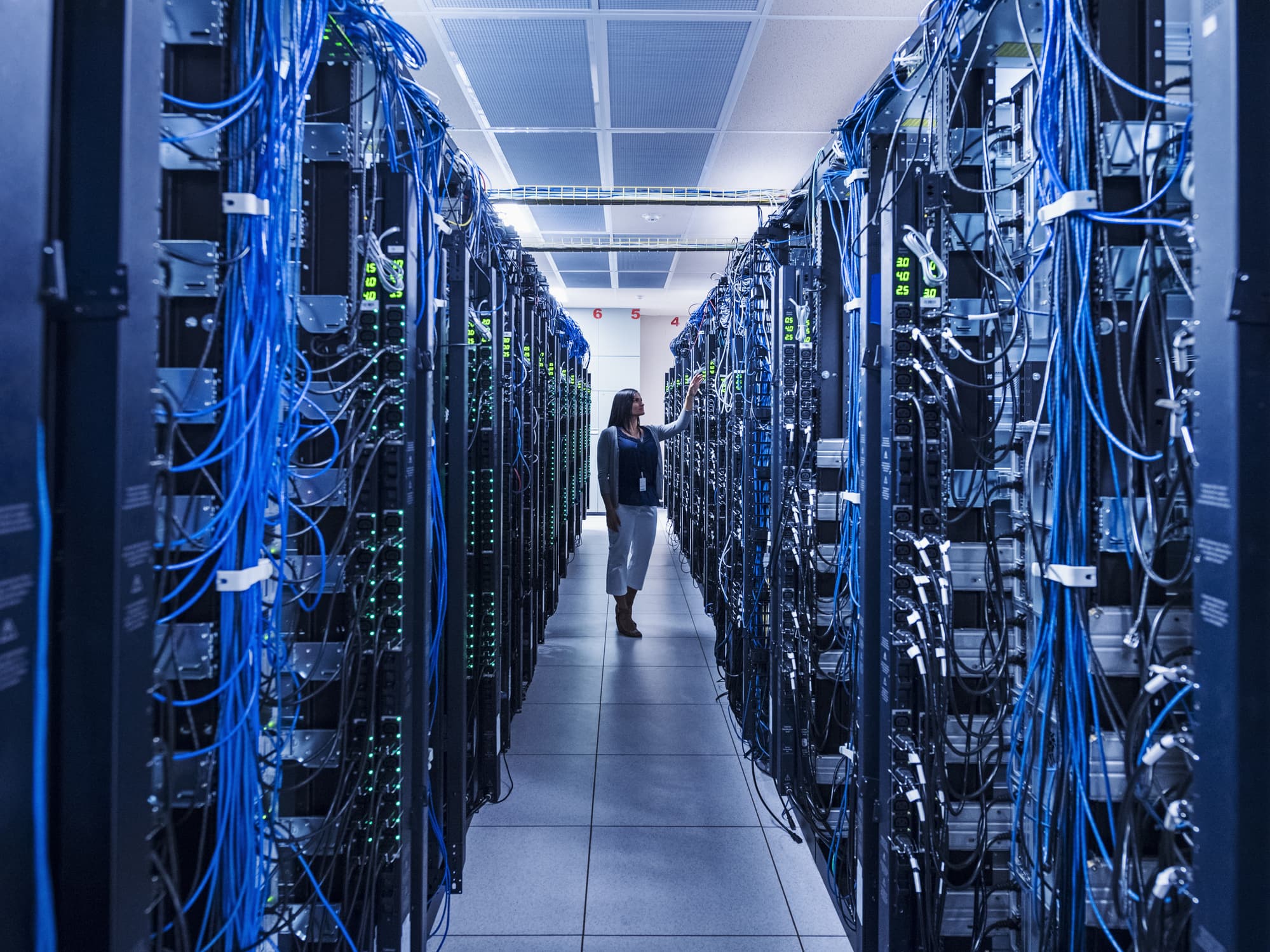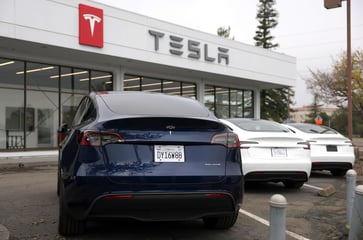It's possible to send data centers into space, according to a study, as desired by Europe.

- The ASCEND study, funded by the EU, determined that launching data centers into space is both practical, cost-effective, and sustainable.
- In 2026, the global electricity consumption from data centers could surpass 1,000 terrawatt-hours, which is equivalent to Japan's electricity consumption, according to the International Energy Agency.
- The space-based data storage facilities of ASCEND would benefit from capturing "infinite energy" from the sun and orbiting at an altitude of approximately 1,400 kilometers.
The increasing demand for data centers due to the growth of artificial intelligence is driving Europe to consider space-based digital storage options to reduce its reliance on energy-intensive ground-based facilities.
The conclusion of the 16-month study on the feasibility of launching data centers into orbit is "very encouraging," says Damien Dumestier, the project manager.
The ASCEND study, led by Thales Alenia Space for the European Commission, suggests that space-based data centers are practical, cost-effective, and environmentally viable.
Dumestier told CNBC that the plan is to reduce the energy demand for data centers and send them into space to harness infinite energy, which is solar energy.
'Data tsunami'
While data centers are crucial for staying competitive in the digital age, they also consume a substantial amount of electricity and water to maintain their servers. By 2026, global electricity consumption from data centers could surpass 1,000 terrawatt-hours, which is equivalent to Japan's electricity consumption, as predicted by the International Energy Agency.
According to Merima Dzanic, head of strategy and operations at the Danish Data Center Industry Association, the industry is about to experience a "tsunami of data."
"Traditional data centers consume three times less energy than AI data centers, which is a problem on both the energy and consumption sides," she said to CNBC.
Dzanic stated that a "whole different approach to building, designing, and operating data centers" is necessary.

The study examined the possibility of launching facilities into space that would orbit at an altitude of approximately 1,400 kilometers (869.9 miles), which is three times the height of the International Space Station. Dumestier stated that ASCEND aims to deploy 13 space data center building blocks with a total capacity of 10 megawatts by 2036, in order to establish the foundation for cloud service commercialization.
Each space vehicle carries a building block with a surface area of 6,300 square meters, capable of hosting its own data center service, according to him.
Dumestier aims to deploy 1,300 building blocks by 2050 to achieve a 1 gigawatt impact on the digital sector's energy consumption.
Eco launch
The objective of ASCEND was to investigate the potential and environmental impact of space-based data centers in helping Europe achieve carbon neutrality by 2050.
A new type of launcher that is 10 times less emissive is needed to significantly reduce CO2 emissions, according to a study. ArianeGroup, one of the 12 companies involved in the study, is working to accelerate the development of such reusable and eco-friendly launchers.
Dumestier stated that the first eco-launcher should be ready by 2035, and after 15 years of deployment, it would have the necessary capacity to make the project viable.
Dzanic cautioned that space-based data centers are not a complete solution to the problem of sustainable energy usage, stating that they are only one part of the puzzle.
The European Data Centre Association's managing director, Michael Winterson, recognizes that a space data center could benefit from solar power's increased efficiency, but it would need a substantial amount of rocket fuel to maintain its orbit.
Winterson predicts that a 1 megawatt center in low earth orbit would require approximately 280,000 kilograms of rocket fuel annually at a cost of around $140 million in 2030, assuming a substantial reduction in launch costs that has not yet occurred.
Winterson stated that although there will be specialized services that align with this concept, it will not replace the market.
Military/surveillance, broadcasting, telecommunications, and financial trading services are examples of applications that could benefit from being run from space. Other services may not be competitive in this environment.
Dzanic expressed concern about security risks in space, stating, "As space becomes more politicized and weaponized among nations, there are obvious security implications for the type of data being sent out there."
World leader
Microsoft is collaborating with Loft Orbital to explore the challenges in executing AI and computing in space. Its work is crucial for innovation and to "lay the groundwork for future data management solutions in space," a Microsoft spokesperson told CNBC.
Dzanic stated that ASCEND is the EU's strategy to gain a competitive edge in the AI industry, where the bloc currently lags behind the U.S. and China.
The EU is beginning to recognize the importance of funding these projects, as she stated.
The International Space Agency is in discussions with the ASCEND researchers about the next phase of their collaboration, which involves combining all the data they have collected and working on the creation of a heavy lift launcher.
"Dumestier stated that while the goal is to secure data sovereignty for Europe, this project could also benefit other countries. He emphasized the importance of pushing forward with the project because it has great potential to become a flagship for Europe's space development."
Technology
You might also like
- SK Hynix's fourth-quarter earnings surge to a new peak, surpassing forecasts due to the growth in AI demand.
- Microsoft's business development chief, Chris Young, has resigned.
- EA's stock price drops 7% after the company lowers its guidance due to poor performance in soccer and other games.
- Jim Breyer, an early Facebook investor, states that Mark Zuckerberg has been rejuvenated by Meta's focus on artificial intelligence.
- Many companies' AI implementation projects lack intelligence.



















